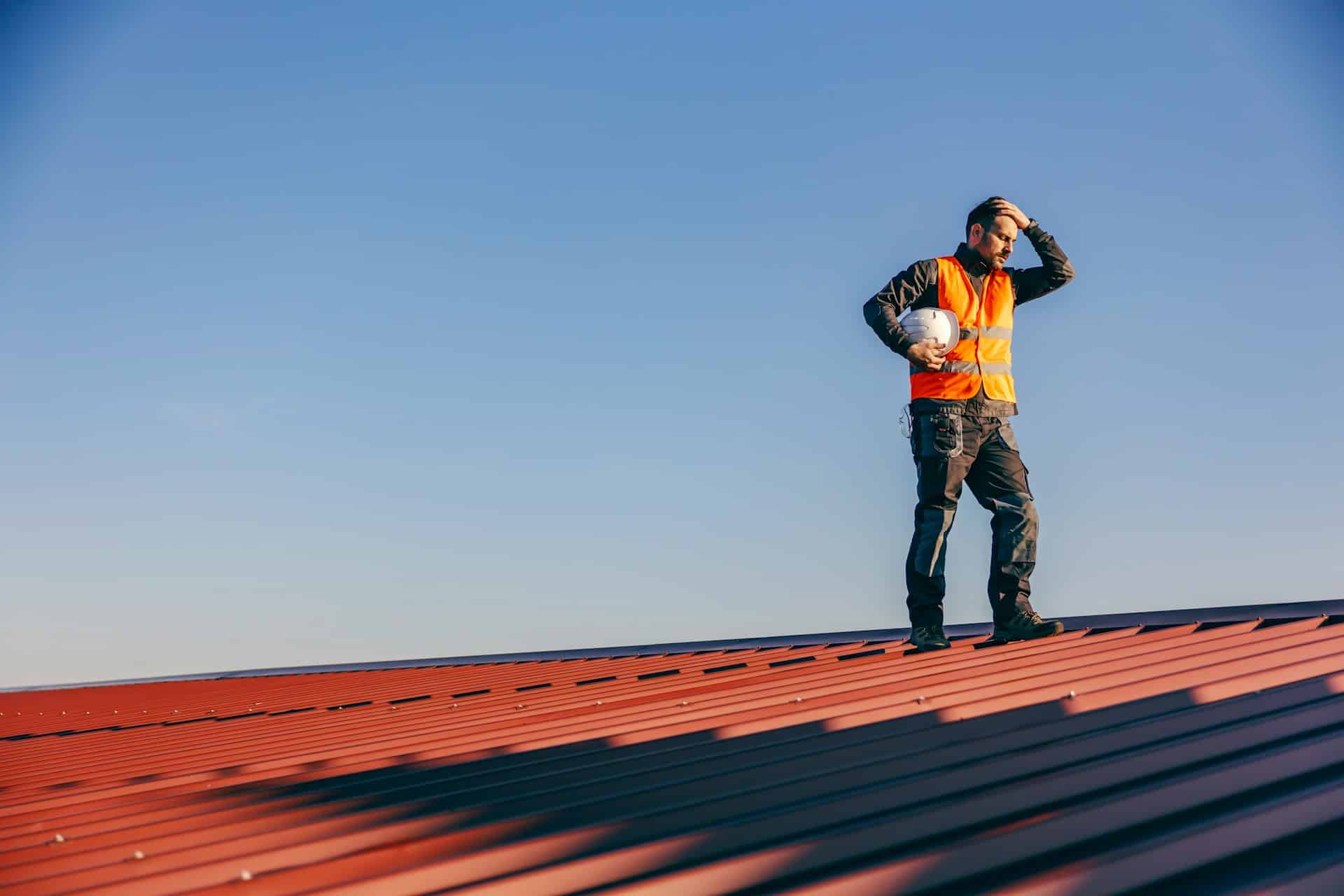Winter can be tough on your home, especially if you have a metal roof. Snow, ice, and cold temperatures challenge the materials and structure. You might not deal with heavy snow in Florida, but occasional freezes can affect your roof’s integrity. It’s essential to be prepared for whatever winter weather might come your way.
Taking steps to care for your metal roof is essential for keeping it in good shape. It’s not just about protecting your investment; it’s about ensuring your home stays safe and comfortable. By understanding what your roof can face this winter, you’ll be better equipped to handle any issues. From preparing before the first frost to keeping clear of snow and ice, we’ll guide you with simple tips in this article.
Recognizing Winter Challenges for Metal Roofs
Understanding Ice Dams and Snow Weight
Metal roofs are strong and durable, but winter can present unique challenges. Ice dams are one such issue. They happen when snow on the roof melts and then refreezes at the edges, creating a barrier that prevents proper drainage. This can lead to water pooling on the roof, potentially causing leaks and water damage. Snow weight is another concern, especially in areas with heavy snowfall. While metal roofs are designed to handle significant loads, too much snow can put excessive pressure on the structure. Regular monitoring is essential to prevent these problems from escalating.
Effects of Temperature Fluctuations
Temperature changes can impact metal roofs in several ways. With fluctuating temperatures, metal expands and contracts. This movement can loosen fastenings and compromise seams over time. These changes may also produce stress that can lead to minor leaks or damage if not monitored. Awareness of these temperature effects helps maintain the integrity and performance of your metal roof throughout the winter.
Proactive Winter Preparation Tips
Check for Loose Fastenings and Seals
Before winter sets in, it’s smart to check your metal roof for any loose fasteners or compromised seals. Tighten any loose screws, as these can become points of entry for water during winter storms. Inspect joints and seams for gaps or wear and reseal them as needed. Doing this helps maintain a sturdy, leak-proof roof.
Maintain Clear Gutters and Downspouts
Keeping gutters and downspouts clear is necessary for water management during winter. Clogged gutters can lead to ice dams, so remove leaves, sticks, and debris that might cause blockages. Ensure downspouts direct water away from your foundation and are in good working order when freezing temperatures hit.
Trim Surrounding Trees
Trees near your roof can be problematic, especially when branches contain snow or ice. Trim back any overhanging branches before winter. This minimizes the risk of branches breaking off and damaging your roof and helps prevent debris accumulation that can cause mold or mildew growth. Maintaining a clear perimeter around your roof is a simple yet effective way to protect it during winter.
Effective Tools for Winter Roof Safety
Benefits of Heat Cables
Heat cables offer a practical solution for preventing ice dams on metal roofs. They work by keeping critical areas warm so snow and ice can melt before accumulating too heavily. Installing heat cables along the roof’s edge or valleys helps maintain clear drainage paths for melted snow. This tool can greatly reduce the risk of ice-related damage during winter. Heat cables are relatively easy to install and can be a long-term investment in maintaining your roof’s integrity through colder months.
Installing Snow Guards
Snow guards are another effective tool for your metal roof during winter. They help control snow movement, preventing large snow masses from suddenly sliding off the roof. This protects the roof structure from excess snow weight and helps ensure safety around your home, especially over entryways and sidewalks. Snow guards distribute the weight of snow evenly, reducing stress points on the roof. By installing snow guards, you can enhance your roof’s ability to handle winter conditions safely and effectively.
Regular Maintenance and Monitoring
Schedule Routine Inspections
Regular inspections are one of the best ways to ensure your metal roof remains in good condition throughout the winter. A professional inspection can catch minor issues before they turn into major problems. Aim to schedule an inspection before winter begins and one after it ends. This habit allows you to address any damage caused during the season and prepare for the next.
Safe Methods for Snow and Ice Removal
Keeping snow and ice off your metal roof is crucial for its durability and safety. However, removing snow can be dangerous if done incorrectly. Safe methods, such as a roof rake with a long handle, can be used to clear snow from the ground without risking a fall. Avoid using sharp tools directly on the metal surface to prevent scratches or damage. Consider hiring professionals for snow and ice removal to ensure it’s done safely and without harm to your roof.
Conclusion
Caring for a metal roof through winter requires the right tools and regular maintenance. Addressing potential issues early and using effective safety tools, like heat cables and snow guards, ensures your metal roof stands up to harsh weather. Regular inspections and proper snow removal techniques also play a vital role in preserving your roof’s condition. Following these guidelines, you help keep your roof in peak shape and protect your home.
Looking to get your metal roof in Orlando winter-ready? Stratus Roofing can provide expert advice and services to ensure your roof withstands even the harshest winter conditions. Our team specializes in comprehensive inspections and effective roofing solutions for all your seasonal needs. Reach out to Stratus Roofing today and find out how we can help secure your roof and keep your home protected all winter.







